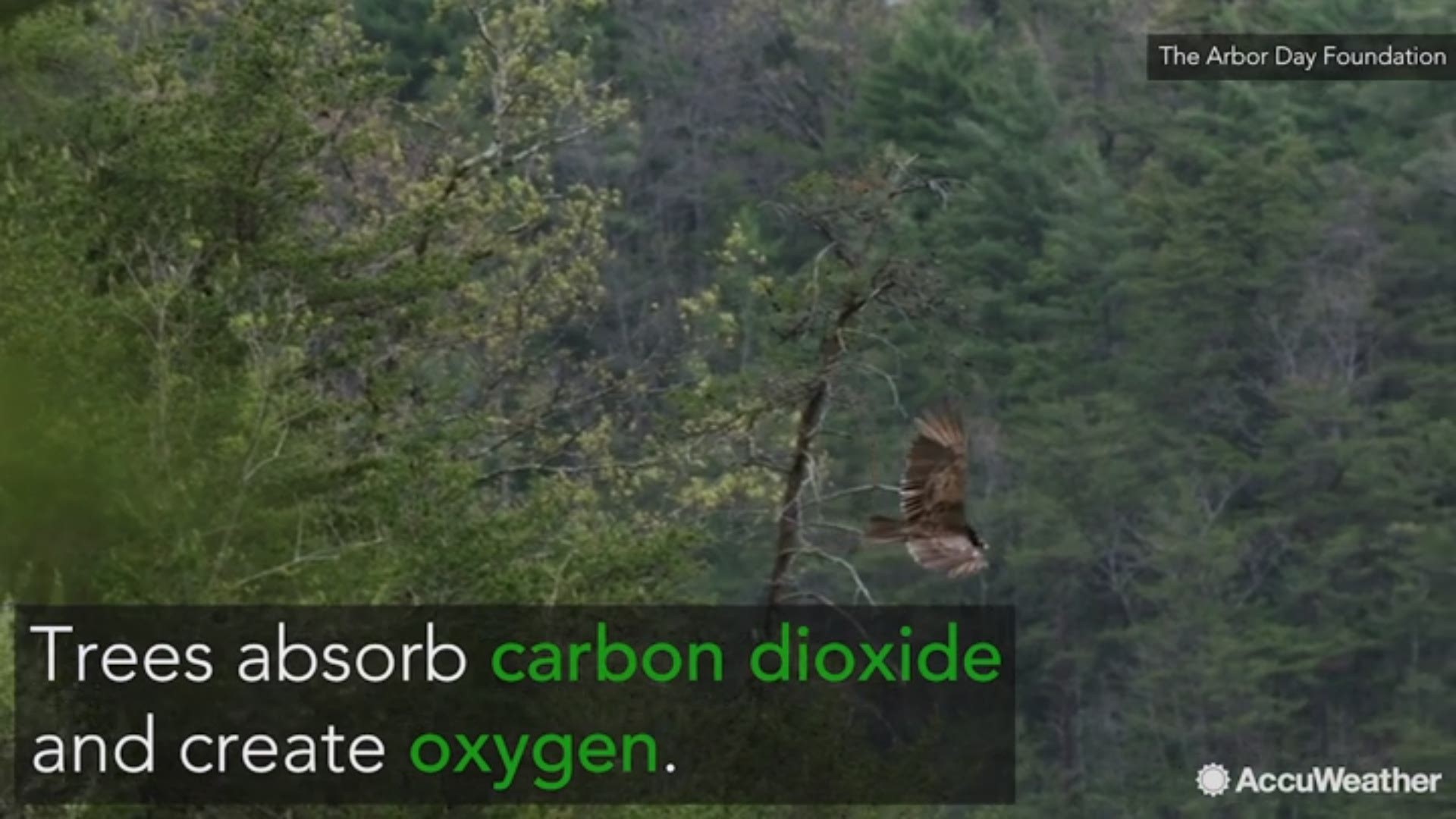Over 7,000 acres of forested land will now be protected in the Puget Sound.
The Trust for Public Land, Green Diamond Resource Company and Washington State Department of Natural Resources (DNR) announced that 7,391 acres of working forest land in Mason County are now permanently protected from development.
This act is the second in a series of three aimed at protecting 20,000 acres of coastal forest in the Puget Sound region. The first was in 2016 when 6,967 acres were declared as protected.
Located on the Olympic Peninsula between the Hood Canal and Case Inlet, the land will protect water quality and wildlife resources while also remaining to allow active timber production. Eventually the public will be able to hike, mountain bike, and use the forested area for other outdoor activities
With rising populations and property costs in two metropolitan areas only a half an hour away, the land was vulnerable to development.
"Protecting these productive forestlands from future development safeguards local jobs, keeps vital habitat intact for wildlife and protects the quality of Puget Sound while providing public access for outdoor recreation," said David Patton, Northwest Area Director for The Trust for Public Land.
Green Diamond Resource Company, a Washington-based forest products company, owns the newly protected land. It will continue to be managed by Green Diamond under the condition that the land will never be developed and always open for public use and outdoor recreation.
"The working forestland protected by this easement will provide public recreation, environmental and economic benefits for generations to come," said Commissioner of Public Lands Hillary Franz, who leads DNR. "This is a huge win for Mason County."
The purchase, totaling $6.634 million, was funded by the USDA Forest Service Forest Legacy Program, which is designed to protect environmentally sensitive forestlands from non-forest development.
In addition to providing a new recreational space, the land will benefit the local shellfish industry, which is one of the most productive shellfish growing areas in the nation. Now, downstream water quality for shellfish will be protected on 1,400 acres of tidelands.
Twenty different shellfish companies operate in this area as well as 2,000 recreational and tribal harvesters. Shellfish harvesting is the second largest industry in Mason County.
"This conservation easement is a critical step in helping to protect the water quality in the nearby inlets," said Bill Taylor, president of Taylor Shellfish. "The easement will help to ensure that these inlets will continue to produce shellfish for tribal harvesters, recreational harvesters and shellfish farmers. The easement will not only benefit the environment in the long term but also the local economy," he concluded.
For the third and final phase Congress appropriated $5.1 million.

